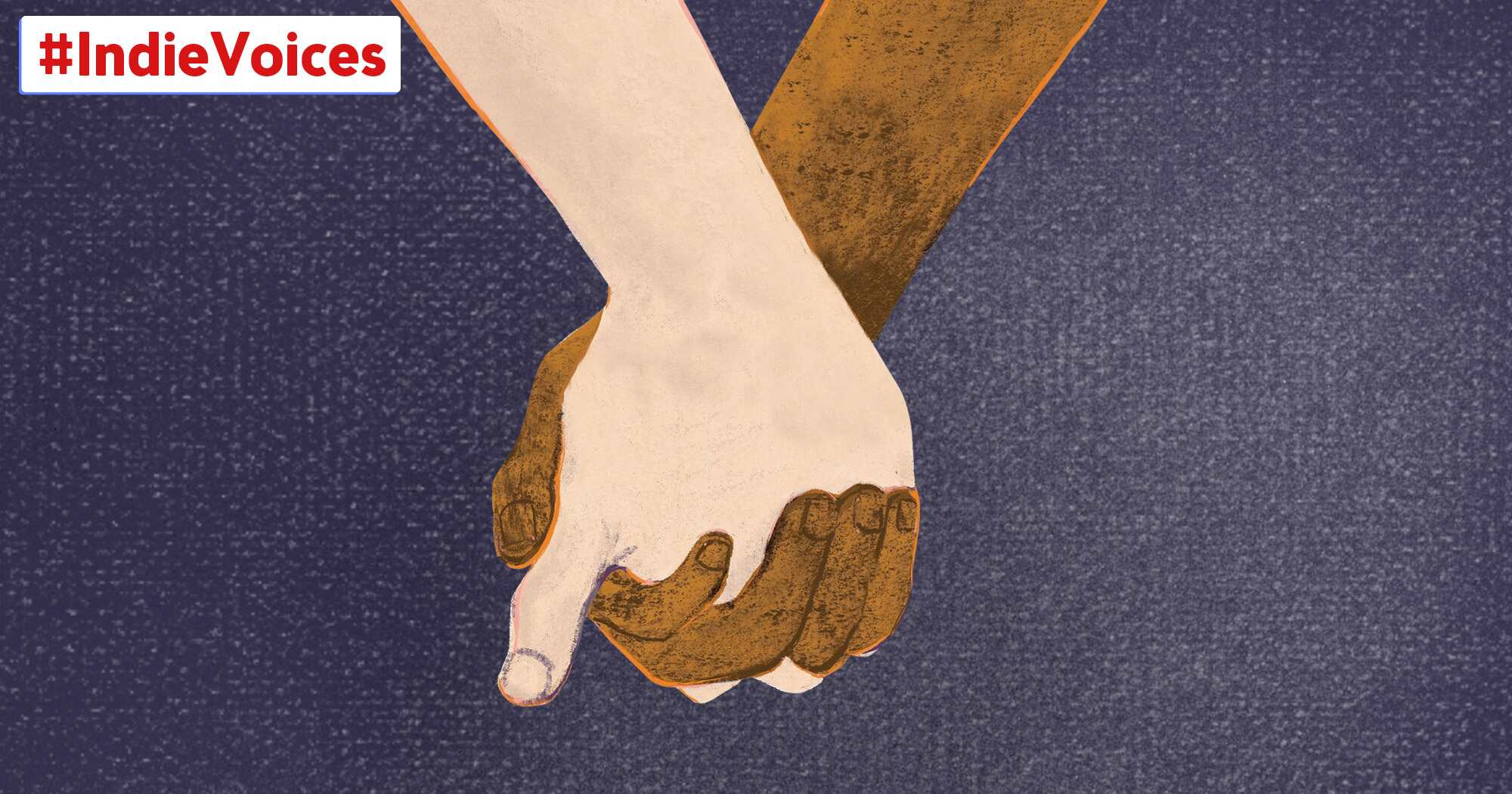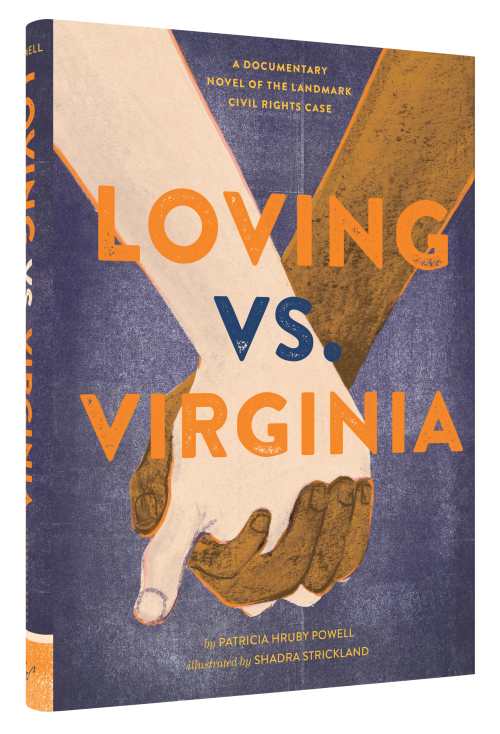Loving Justice: YA Author Puts Readers Inside Fight For Interracial Marriage

It’s too easy to forget that the fight for basic human rights for African Americans occurred—and many would say is still occurring—very recently in our history. A time when African Americans were not allowed to vote in the South is still within living memory. And so is a time when interracial marriage was not only frowned upon in society, it was against the law. John Lewis’s series of graphic novels, March, is bringing the civil rights struggle home to young people, and YA books like Patricia Hruby Powell’s Loving Vs. Virginia explain how recent is the fight for interracial marriage. There is a movie out about the Loving Vs. Virginia Supreme Court case, but Powell tells the story in verse mixed with historical documents and photographs. In the interview below, she tells me why she chose to tell it this way, and also how far we have to travel to reach an equal society.
With racial tensions seemingly high these days, what do you hope young adults can learn from this book that they can remember in their daily lives?

Patricia Hruby Powell: 'I want my readers to feel the injustice and be reminded of what freedom means.'
I hope that young people will read the story of this sincere and humble couple, who did not choose to make a stand. They were simply in love and wanted to live their lives quietly in their section of rural Virginia in the 1950s and ‘60s—yet they couldn’t because they were of different races.
I want my readers to feel the injustice and be reminded of what freedom means. One thing freedom means is that people should be free to love the people they love. I want young people to look at the Civil Rights Movement photos in the book that show black kids walking through groups of threatening or sneering privileged white kids, in their attempt to attend integrated schools in the late ’50s. I hope my readers will be outraged. I hope they want justice enough to advocate for their friends who are treated unjustly.
There is a film out now about the Loving v Virginia case. Has that increased curiosity among your readers or drawn more young people toward your book?
My book releases January 31, 2017, so I haven’t yet had the opportunity to address young readers. Those programs start in February. But last month, following a screening of Loving (which is fabulous) in my hometown of Champaign, IL, I was asked to present a program comparing the movie and my book. The program drew a big audience and clearly people are excited by the forthcoming book (as well as the movie).
At the NCTE Conference in Atlanta in November 2016, English teachers were very excited about the book—and the movie. So, yes, I think the movie is increasing people’s curiosity. The movie producers have sent me a copy of the movie so I’ll be able to watch it endlessly. And Chronicle has sent the movie personnel copies of the book. We’ve connected.
Prose poetic novels are in YA are big now. Why do you think that is, and why did you choose to tell this story in that way?
Prose poetic novels or “novels in verse” are succinct. Every word counts. Few words must make an emotional impact. So the reader is drawn along quickly. There is a lot of white space on the page, which makes the book reader-friendly, not intimidating the way a 400-page book of small print might be for many readers. It’s a particularly good form for reluctant readers, I think. And why did I choose it? I felt I could best tell Mildred’s and Richard’s story in their soft but powerful voices in verse form.
Why did you choose this particular case with which to frame the larger history of the civil rights movement?
My book is a teenage love story—or it starts when they’re both teens. By the time the couple marry and are subsequently arrested in their bed, Mildred is still a teen and Richard is in his early twenties. I think young adult readers are pretty interested in love and falling in love. It’s an essential part of life for everyone.
And I’m drawn to social justice. I was raised to try to right a wrong, to address injustice.
Do you think, a few generations from now, we’ll have a truly equal society?
Well, that’s very difficult to predict. I had thought that by the time I was my age (which is not young) that all races would be living in harmony—that there would be so many interracial marriages that most young people would be multiracial. Maybe that was naive of me. And that’s the very thing that the antagonists of Loving vs. Virginia—which would be the State of Virginia of the ’50s and ’60s and the white men in power—were guarding against—the mixing of races. That was seen as threat to society. And it surely still is seen as a threat to many people in our country.
I’m hoping that due to the present climate in our country, people will use more energy to appreciate, get to know, and work to understand people who might not look like themselves or people who have different religions and traditions and cultures than they—rather than be frightened by those differences.

Howard Lovy is executive editor at Foreword Reviews. You can follow him on Twitter @Howard_Lovy
Howard Lovy
